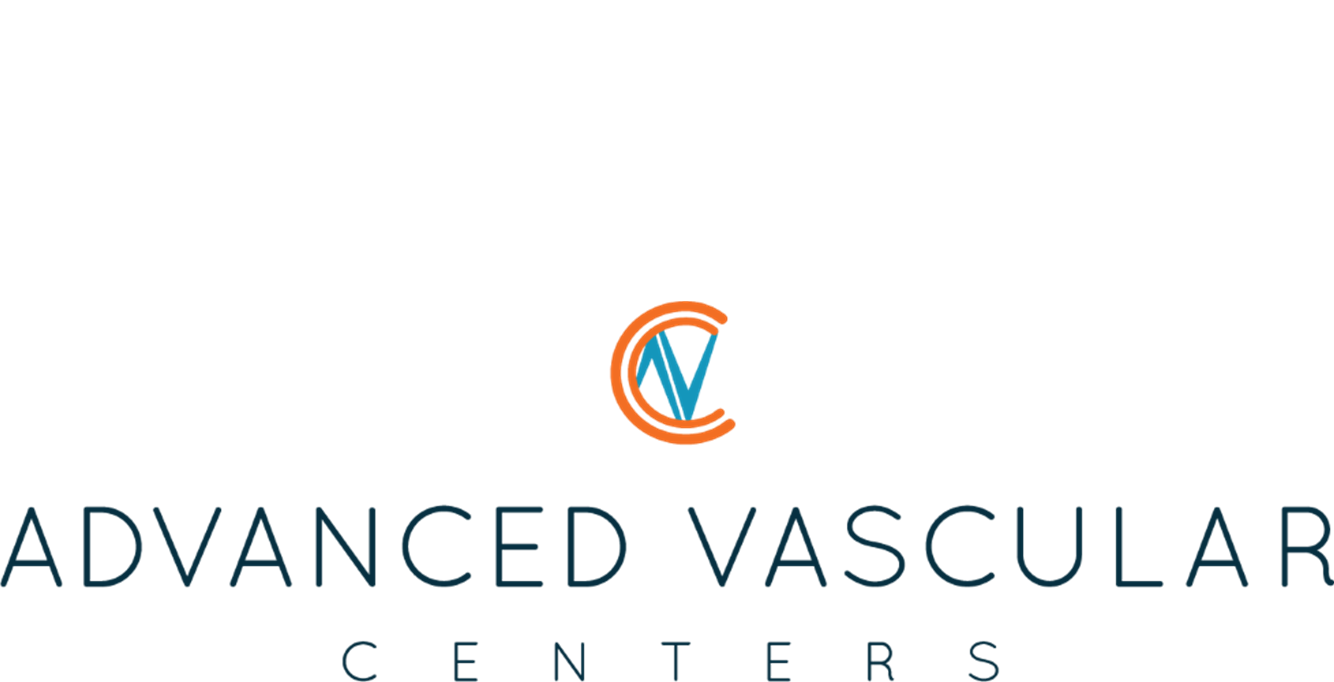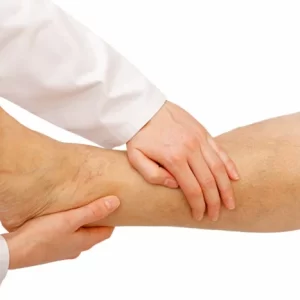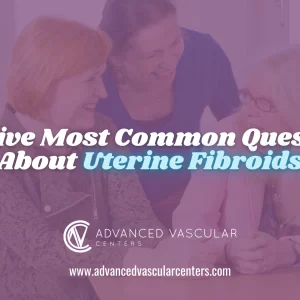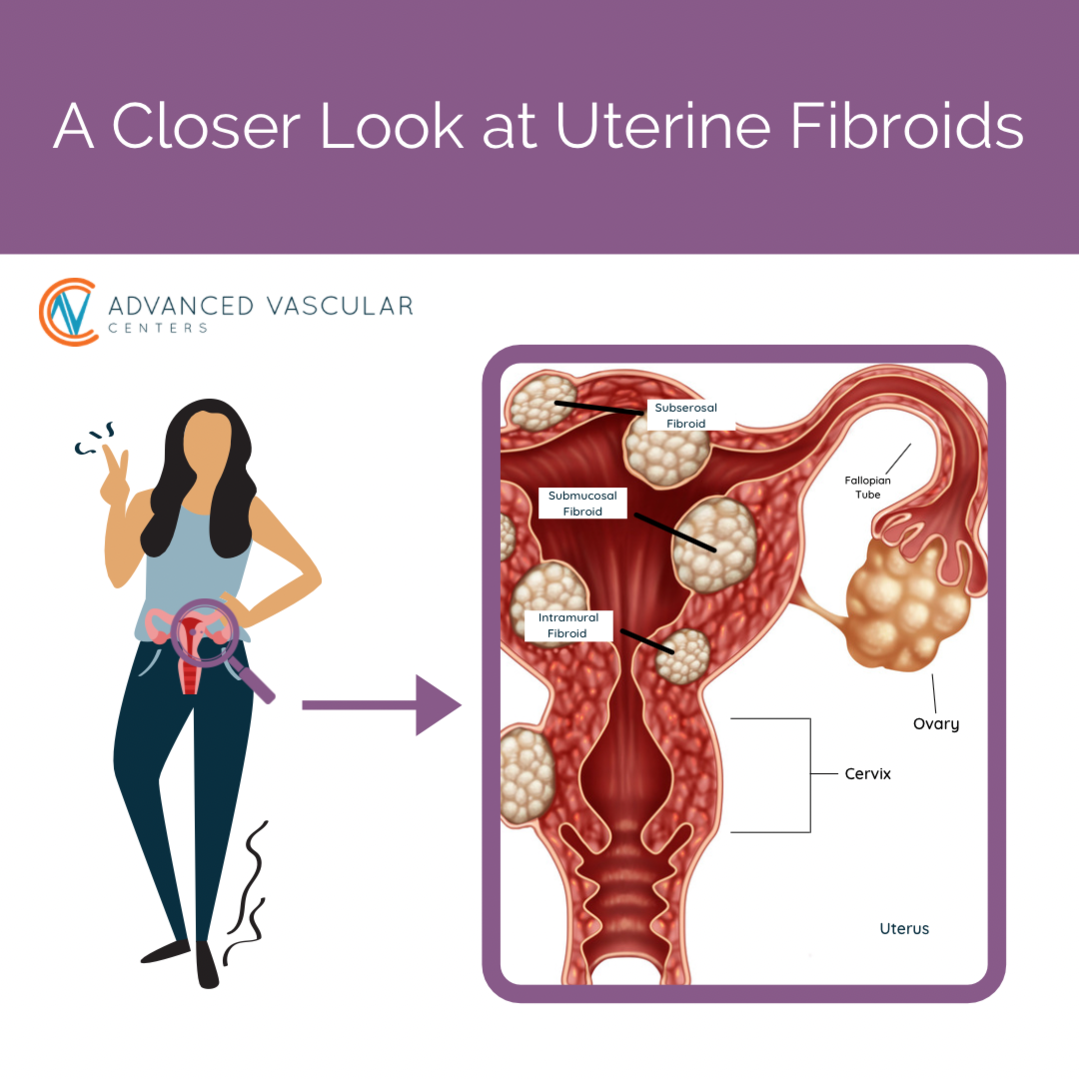VASCULAR STENTING
Vascular stenting is a medical procedure used to treat narrow or weakened arteries and veins. It involves the placement of a small, mesh-like tube called a stent into the affected blood vessel to help restore blood flow or provide structural support.
Contact AVC to see if you are a candidate for Vascular Stenting.
Overview of Vascular Stenting
Vascular stenting is used to treat a wide range of vascular conditions, including:
- Coronary artery disease: Stents are commonly used to treat narrowed or blocked coronary arteries, which can lead to chest pain (angina) or heart attacks.
- Peripheral artery disease: Stents can be used to treat narrowed or blocked arteries in the legs, arms, or other parts of the body, improving blood flow and reducing symptoms such as pain and numbness.
- Carotid artery disease: Stents can be used to treat narrowings or blockages in the carotid arteries, which supply blood to the brain, reducing the risk of stroke.
Types of Stents
There are several types of stents used in vascular stenting, including:
- Bare metal stents: These are made of metal and provide structural support to the blood vessel. They are often used in combination with balloon angioplasty to treat narrowings or blockages.
- Drug-eluting stents: These stents are coated with medications that help prevent the blood vessel from becoming blocked again (restenosis) after the procedure. They are commonly used in coronary artery stenting.
- Covered stents: These stents are covered with a fabric or polymer material and are used to treat aneurysms or seal off perforations in blood vessels.
Benefits of Vascular Stenting
Vascular stenting offers several benefits for patients with vascular conditions, including:
-
- Improved blood flow: Stenting can help restore blood flow to areas of the body that have been affected by narrowed or blocked arteries.
- Symptom relief: Stenting can help relieve symptoms such as chest pain, leg pain, or numbness caused by reduced blood flow.
- Reduced risk of complications: Stenting can reduce the risk of complications associated with vascular conditions, such as heart attacks, strokes, or limb amputations.
- Minimally invasive: Vascular stenting is a minimally invasive procedure that can be performed using local anesthesia and typically requires only a short recovery period.
Postoperative Care
After the vascular stenting procedure, patients are typically monitored for a period of time to ensure there are no complications. Most patients can resume normal activities within a few days to a week after the procedure. Follow-up appointments are scheduled to monitor the stent and ensure that it is functioning properly.
The Vascular Stenting Procedure
The vascular stenting procedure is typically performed in a hospital or outpatient setting and involves the following steps:
- Anesthesia: The patient is given local anesthesia to numb the area where the stent will be placed. In some cases, general anesthesia may be used.
- Catheter insertion: A catheter is inserted into a blood vessel, usually in the groin or arm, and guided to the site of the narrowing or blockage using imaging techniques such as X-ray or ultrasound.
- Stent placement: Once the catheter reaches the site of the narrowing or blockage, the stent is inserted and expanded using a balloon catheter. The stent remains in place permanently, providing support to the blood vessel and improving blood flow.
- Post-procedure care: After the stent is placed, the catheter is removed, and the patient is monitored for a period of time to ensure there are no complications. Most patients can go home the same day or after a short observation period.
Risks and Complications
While vascular stenting is generally considered safe, there are some risks and complications associated with the procedure, including:
- Infection: There is a risk of infection at the catheter insertion site.
- Bleeding: There may be bleeding at the catheter insertion site or inside the blood vessel.
- Blood clots: There is a risk of blood clots forming in the stent or in the blood vessel.
- Stent migration: In rare cases, the stent may move from its original position.
- Allergic reaction: Some patients may have an allergic reaction to the stent material or the medications used during the procedure.
FAQS
What are the different types of stents used in vascular stenting?
There are several types of stents used in vascular stenting, including bare metal stents, drug-eluting stents, and covered stents. Each type of stent is used depending on the specific condition being treated.
What conditions can be treated with vascular stenting?
Vascular stenting can be used to treat a wide range of vascular conditions, including coronary artery disease, peripheral artery disease, carotid artery disease, and aneurysms.
What are the risks and complications associated with vascular stenting?
While vascular stenting is generally considered safe, there are some risks and complications associated with the procedure, including infection, bleeding, blood clots, stent migration, and allergic reactions.
How long does it take to recover from vascular stenting?
Recovery from vascular stenting is typically quick, with most patients able to resume normal activities within a few days to a week after the procedure. However, recovery time can vary depending on the individual patient and the specific condition being treated.
How effective is vascular stenting in treating vascular conditions?
Vascular stenting has been shown to be highly effective in treating a variety of vascular conditions, including coronary artery disease, peripheral artery disease, and carotid artery disease. It can help improve blood flow and reduce the risk of complications associated with these conditions.
Can vascular stenting be used in combination with other treatments?
Yes, vascular stenting can be used in combination with other treatments, such as balloon angioplasty or medication, to treat vascular conditions. Your healthcare provider will determine the most appropriate treatment plan based on your individual condition.




